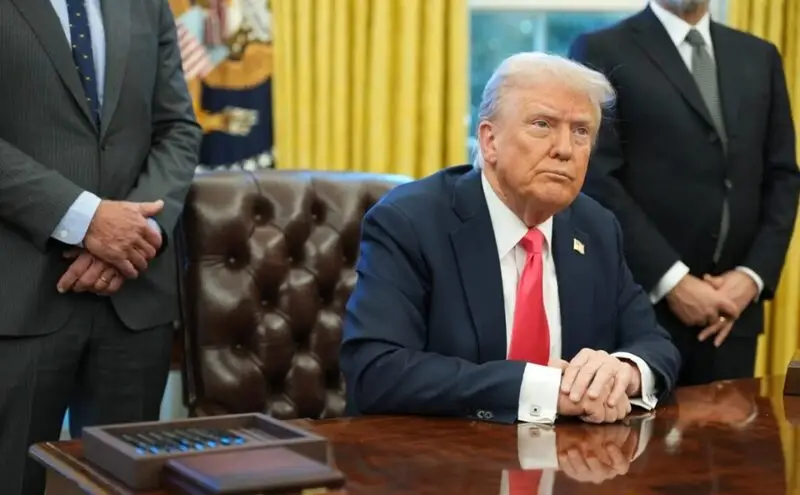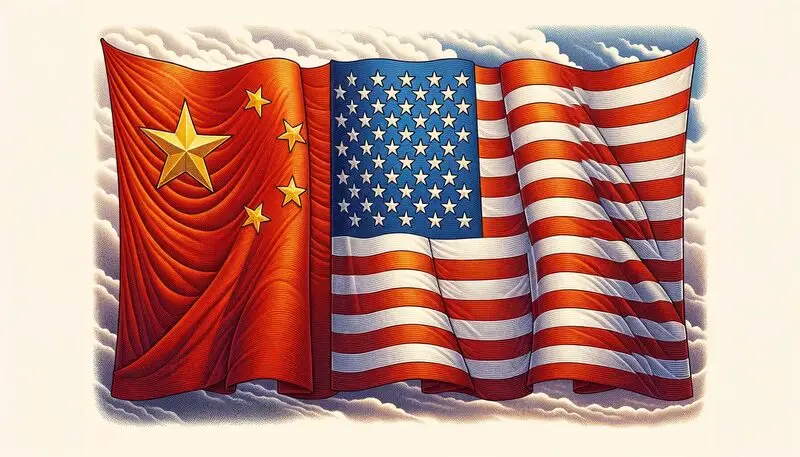Evidence suggests the Trump administration plans to cut U.S. duties on China by half through recent reports. The current efforts of President Trump to ease trade tensions with Beijing coincide with his willingness to reduce U.S. tariffs on China during this writing period.
JUST IN: 🇺🇸🇨🇳 US tariffs on China will likely be reduced by 50%, WSJ reports.
— Watcher.Guru (@WatcherGuru) April 23, 2025
Also Read: BRICS: India Plays ‘Double Game’ With the US Dollar?
What Trump’s Tariff Cuts Mean for Trade, Markets, and Investors

Trump Signals Major Tariff Cuts
The Trump administration currently examines different methods for reducing the American trade barrier on Chinese imports, which he imposed in his second term, through possible reductions of 50% to 65%. Ears of political representatives currently explore a plan that duplicates previous House Committee on China recommendations.
President Trump said:
“But it won’t be zero.”
China’s Response to U.S. Tariff Plans
The Chinese government shows preparedness for trade dialogue, yet clearly refuses to engage with any coercive trade conditions. The long-lasting market volatility, together with investor doubt stemming from increasing trade tensions between America and China, has made a new trade agreement achievable.
Also Read: US Dollar Is On A Deathbed: Here’s Why
Economic Impact of Reduced U.S. Tariffs on China
Scott Bessent has demonstrated interest in starting discussions regarding a mutually beneficial U.S.-China trade agreement. When 2025 represented a forecasted date for lower tariffs, investors displayed relief because of their worry regarding the enduring economic fallout created by America’s trade conflicts with China.
Chinese tariffs will fall within 50% to 65% of their current values over the forecasted period.
Future of the U.S.-China Trade Relationship
Eliminating American trade restrictions on Chinese goods would normalize business operations for the global supply chain sector, which has experienced long-term market instability and disruptions. Both domestic and international markets follow communications between Beijing and Washington to predict future U.S.-China trade agreements during the coming months.
Also Read: Bitcoin (BTC) Could Hit $100,000 This Week, Here’s Why






